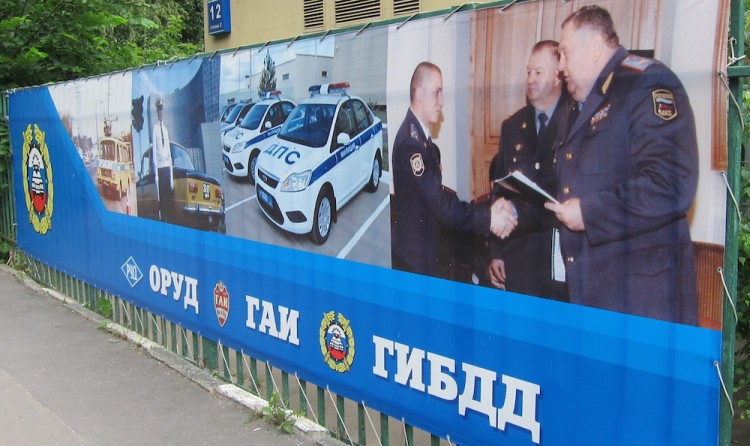What is the difference between a protocol and a decree? People held accountable will need this kind of knowledge to assert their rights.
The difference lies both in the meaning of the documents and in the response to them, an error will lead to the fact that a substantive complaint will not be accepted or ignored.
Legislative regulation
Procedural rules on holding liable are contained in the Code of Administrative Offenses of the Russian Federation. Regional regulations may supplement the grounds for involvement. They are adopted in the form of laws or codes, and their effect extends only to the territory of the corresponding region.

Normative acts of departments, in particular, are aimed at clarifying the procedure for the application of legislation by employees. In practice, such orders and instructions either conflict with federal laws, or the explanation is even less clear than the text of the law itself.
The executive authorities publish forms and sample documents that guide officials. Judges are freer and draw up a document based on judicial practice and their own understanding of the law.
Despite the confusion in the legislation, how the protocol differs from the decree, it is clear to anyone who is at least a little faced with administrative responsibility.
The value of procedural documents
What is the difference between a protocol and an administrative offense ruling? The protocol is the primary document recording information about the violation. The law has a number of requirements. Failure to comply with those that are mandatory from the point of view of the law makes accountability unreasonable.
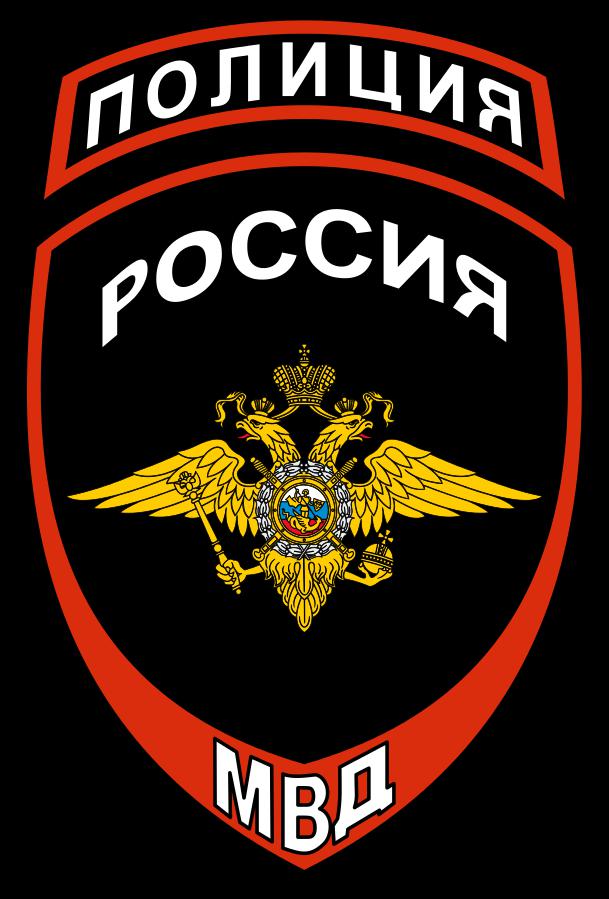
Decision - the final document that resolves the issue of guilt or innocence of the person involved. It assesses the evidence gathered, the parties' submissions and other facts.
What is the difference between a protocol and a decree? The compilation of the first is not necessary in some cases with the consent of the perpetrator with the claims of the authorities. Making a decision is an inevitable procedure.
Protocol Sections
The difference between the protocol and the decision is evident from the paragraphs making up the documents.
Protocol Requirements:
- date and place of compilation (city or town);
- surname and initials of the originator, his position and title;
- passport data on the person involved, information about the place of residence;
- event and place of violation;
- FULL NAME. and the address of the witnesses and the victim;
- evidence (link to the report of the traffic police inspectors, testimonies of witnesses, explanations of the person involved, his comments attached to the protocol, photos and videos, etc.);
- date and place of the violation;
- article of regional law or CAO;
- explanations of the person involved;
- clarification of rights and obligations;
- Signature of persons (both official and prosecuted).
Sections of the decree
Document Requirements:
- name of the authority or court issuing the document;
- position, title, full name (fully) the person who issued the protocol;
- date and place of consideration of materials (place - city or town);
- information about the person involved (full name, data from the passport);
- circumstances identified during the review;
- article of the Administrative Code or the law that establishes liability for violation
- motivation (reasons why the official or court agrees with the arguments and materials or rejects them);
- procedure and terms of appeal.
For the most part, information from the protocol is transcribed into the decree.
Additional nuances
What is the difference between a decree and a protocol? It shall indicate the details of the account to which the funds paid as a fine are transferred.
Now about the features of decisions made by judges. They, in comparison with other bodies considering administrative materials, apply additional powers.
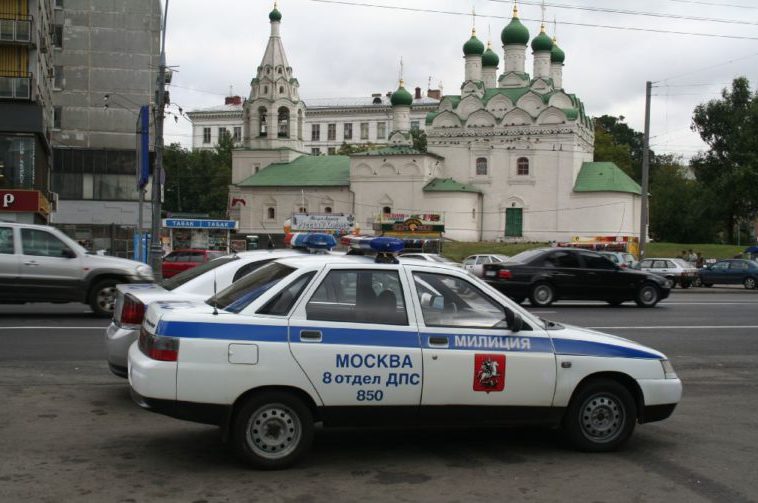
If the case involves compensation for harm, the court shall appoint the total amount, procedure and schedule of payments.
The judge, having appointed a measure of punishment, describes how it is executed. For example, if a driver is deprived of his rights, the decision indicates where to take them and at what time.
If the punishment affects the powers of the authorities, they are given a corresponding order. It may relate to the seizure of accounts, the suspension of activities of an enterprise, organization, etc.
A pledge by a court decision is either returned to the owner, or turned into state revenue.
The fate of things, awards, documents, goods is being decided. Items and awards are usually returned to the owner, awards are also given to him or transferred to the Presidential Administration.
What is the difference between a protocol and a traffic police decree
Violation of traffic rules by drivers is a frequent occurrence, and the law empowered police officers to draw up protocols and make decisions at the scene of the violation.
And what is the difference between the protocol and the DPS resolution in this case? The differences are minimal. A police officer fills out a protocol, and then transcribes the information from it into the decision.
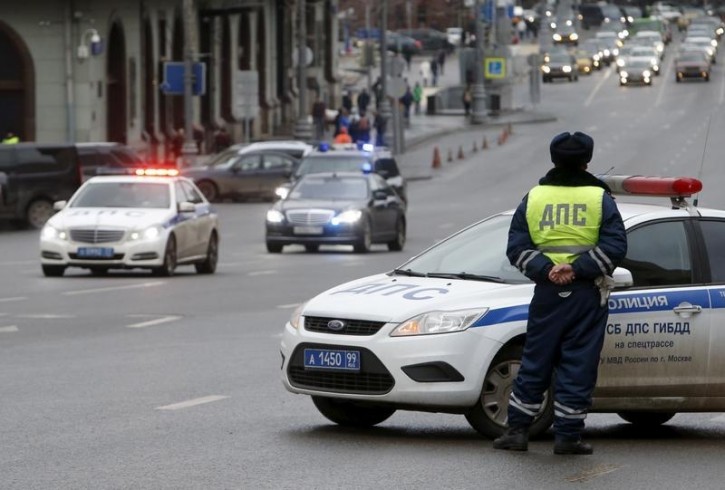
If the protocol is partially filled out by a police officer, partially attracted by a person, partially by witnesses affixing their signatures, then the order form shall be completely filled out by an official. The original document is marked with a copy to interested parties.
Below is given attention to the appeal procedure.
Some practical notes
The place where the violation occurred is indicated as the place.
Crime events - violation of traffic rules committed by the driver (speeding, illegal crossing of a continuous strip, etc.), then the article of the Code of Administrative Offenses is indicated, under which the violation falls.
Evidence - testimony of tracking devices, photography, testimonies of other drivers, comments of police officers.
By the way, law enforcement officers tend to indicate themselves as witnesses, which contradicts international treaties, and claims to this effect were expressed in acts of the ECHR.

Witnesses enter outsiders who actually were not at the scene. Some drivers ask other motorists to leave their contacts in case of a trial, in order to have additional confirmation. And the inspectors are not entitled to refuse to record drivers on their part.
The irreplaceable witnesses are passengers who were in the car with the driver.
Is the protocol subject to appeal?
What is the difference between the protocol and the resolution in the traffic police? Despite its significance, the protocol is still an interim document, it can neither be canceled nor appealed separately. The attracted person has the right to write comments in it or to state them on the attached sheet of paper, about which a note is made in the minutes.
He is only one of the evidence, and he must be given an assessment. If the violations are excessively serious, and there are other facts and documents, they can not be discounted.
In practice, gross errors in the protocol are a good reason to dismiss the case.
Unfortunately, officials and judges reviewing the materials attach excessive importance to the protocol and they do not accept all other evidence. What is the famous clause that the court has no reason not to trust the police.
Appeal procedure
The decision is canceled by a higher authority or official on the complaint of the involved person or official, or the police officer who drew up the protocol.A complaint is given 10 days after delivery of a copy of the decision.
The complaint is submitted directly to the body that accepted it, or to the institution authorized to make a decision on it.
Civil process
What is the difference between a protocol and a ruling in a civil proceeding? The protocol refers to the document in which the procedural actions of the court and the parties, their replicas, and other actions are recorded. The secretary is responsible for its completeness and correctness.

A ruling is a term denoting one of the decisions of any instance, both intermediate and on the merits.
The resolution also refers to decisions of the supervisory authority, taken on the merits.
Thus, the difference between CAO and GIC in terminology is very significant.
What is the difference between the decree and the protocol in Belarus
The legislation of the country has a difference in comparison with the legislation of Russia.
The first difference is the division of the regulatory framework into two laws. One of the Code of Administrative Offenses - it spells out the principles, the grounds for prosecution, release from it and provides a list of articles on which actually attract people.
The Procedural Executive Code on Administrative Violations describes the procedure for investigation, preparation of documents.
The text of the law is more clearly formulated, participants in the process, including witnesses and experts, have a large amount of rights.
The procedure for compiling documents is the same as in Russian law.
However, there is still what distinguishes the decree from the traffic police protocol in Belarus.
The list of situations when the protocol is not drawn up and the fine is paid at the place of the violation is wider:
- if the size of the fine is not more than two basic units;
- the violation was committed during the trial, as noted in the minutes of the court session;
- if the guilty person agrees with the claims and the obligation to compensate for the harm, as well as the punishment that will be assigned to him;
- if the driver’s violation is recorded by means of video and photography.
The case begins and ends with a resolution.
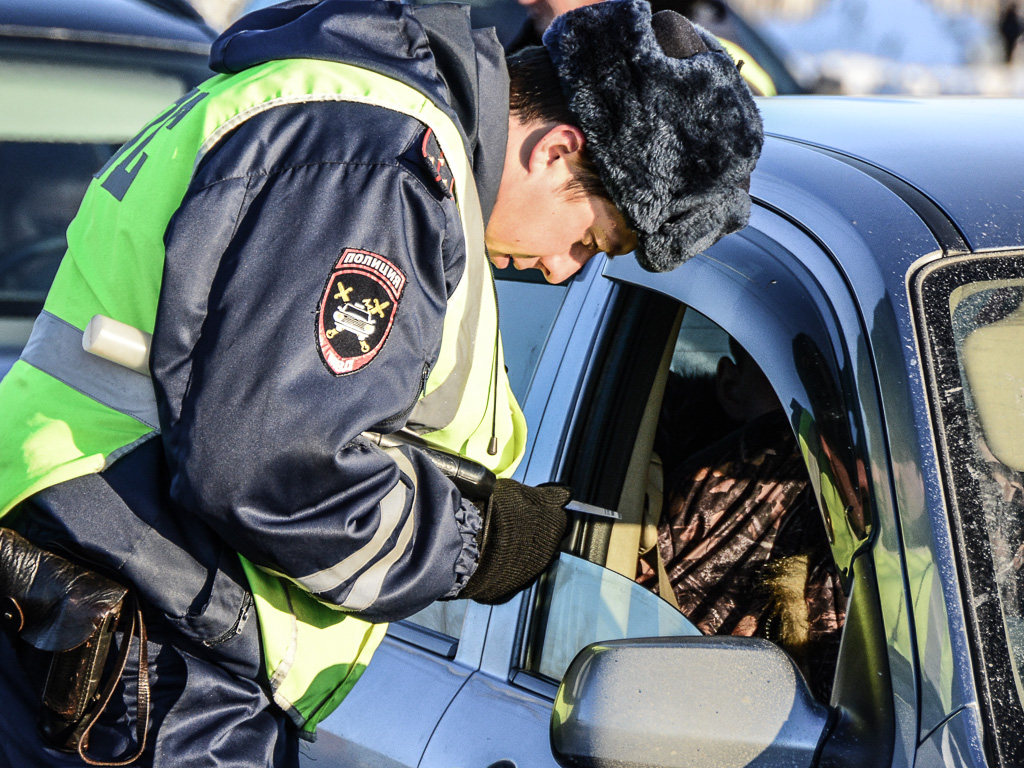
If a person disagrees, they are submitted a statement and the decision is canceled. Then, the official is obliged to draw up a protocol and begin again all the procedures for holding accountable in the general manner. Evasion of payment of the imposed fine amounts to disagreement.
The driver must submit an application to the traffic police within a month from the date of receipt of the decision on hand.
Thus, the legislation of the country ensures the rights and obligations of its citizens.
